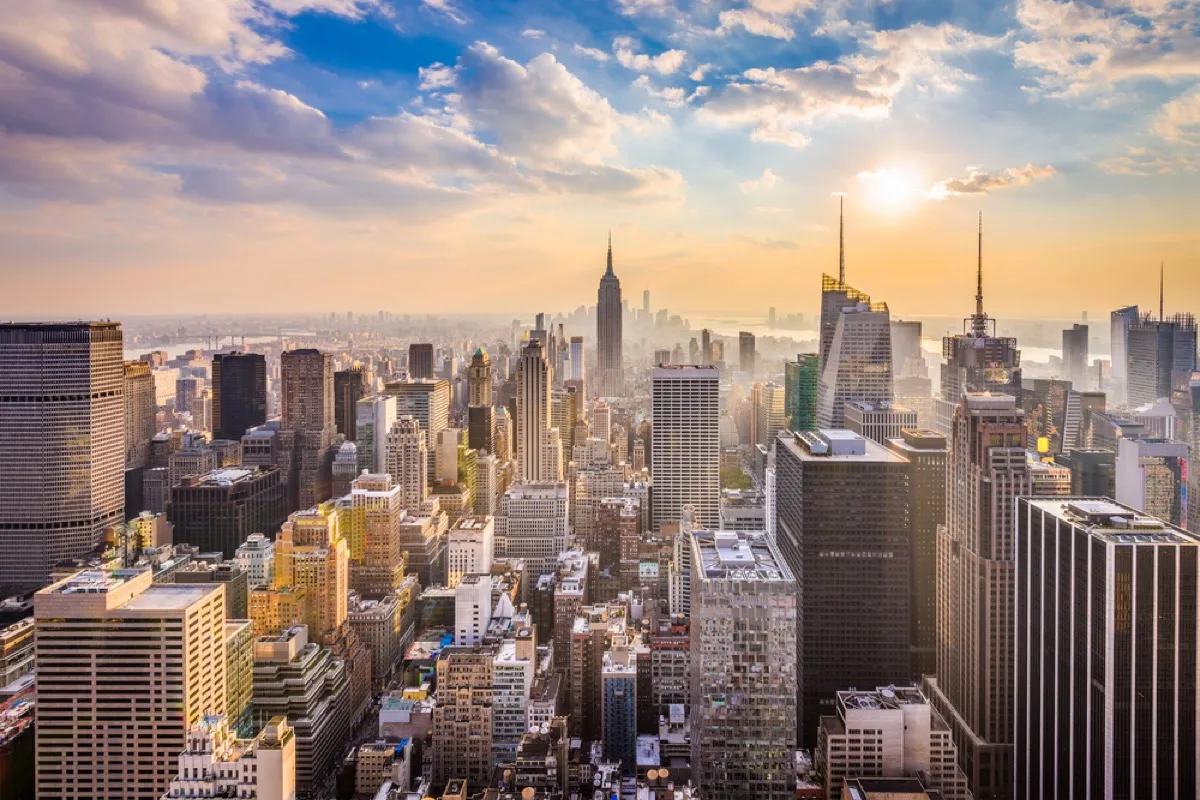To find this, reporters analyzed data of COVID-19 related deaths from Johns Hopkins University and the Centers for Disease Control and Prevention (CDC), comparing the numbers from large cities, medium-sized cities, and small towns or rural areas. They found that out of the first 100,000 fatalities in the U.S., a benchmark that the country hit at the end of May, 77,000 of them occurred in major metropolitan areas. Meanwhile, the second 100,000 recorded deaths saw more than half of all casualties in large cities, with at least 56,000 reported. That means 66.5 percent of total fatalities since the virus first hit the U.S. were among urban residents, while 33.5 percent were in other areas, making urban dwellers twice as likely to die from COVID.ae0fcc31ae342fd3a1346ebb1f342fcb NPR points out that the largest metropolitan area in the country, New York City, was the site of 30,000 of the first 100,000 COVID deaths in the country. A study conducted in late June also found that the COVID death rate in New York during this period was 1.45 percent—more than double the rate of 0.7 percent seen in countries like France and China at the time. Of course, New York City was an early epicenter in the pandemic in the U.S.—and at that time, there was also less of an understanding of how to treat the virus, which led to more deaths. RELATED: For more up-to-date information, sign up for our daily newsletter. In NPR’s research, medium-sized cities saw the largest increase in the second 100,000 deaths recorded, doubling from 15,000 to 30,000 in the latest set of data—especially in hard-hit states such as Arizona, Florida, California, and Texas. “None of us live in a bubble. We’re going to interact with each other—rural, urban, whatever,” Ali Mokdad, MD, an epidemiologist at the Institute for Health Metrics and Evaluation at the University of Washington, told NPR. “People live far apart, are less likely to see each other, but we have events that bring us together. And the cases follow that.” And if you think you have COVID, check out These Are the 51 Most Common COVID Symptoms You Could Have.
